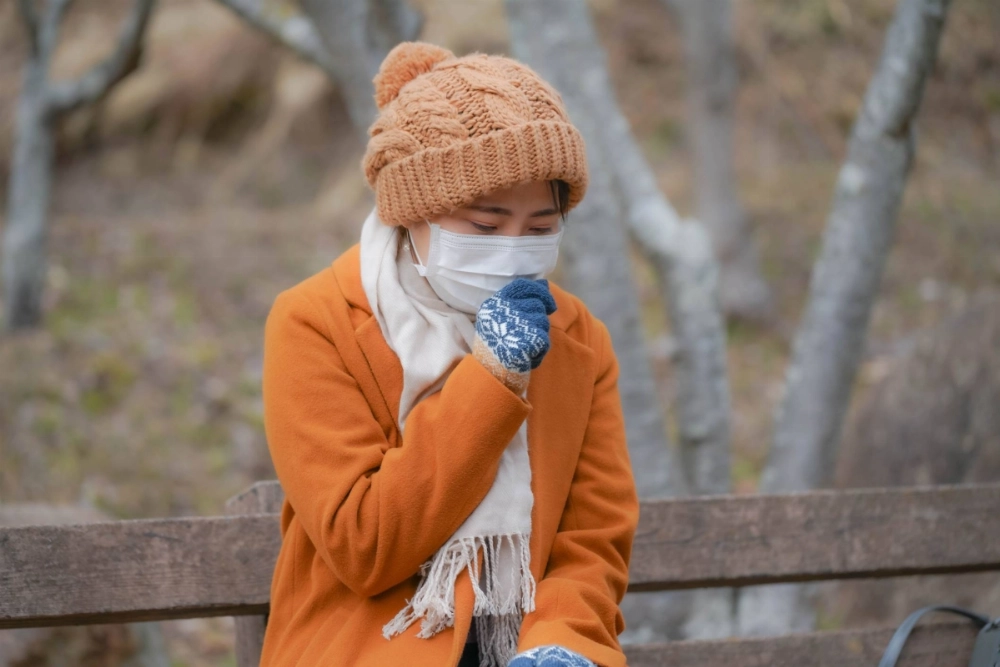As of the final week in October, the newest round of COVID-19 vaccinations were starting to be administered in Japan, and the virus was still very much present around the country. Japan had around 8,000 active cases of 新型コロナウイルス (shingata koronauirusu, COVID-19) and over 800 hospitalized with severe infections — though these numbers are also down from both one month and one full year ago.
This 減少 (genshō, decrease) is the good news. The bad news? インフルエンザの流行期 (Infuruenza no ryūkoki, Flu season) is swiftly approaching. During the same time period, Japan had around 156,000 cases of 季節性
インフルエンザ (kisetsusei infuruenza, seasonal influenza) — a number that was continuing to 増加 (zōka, increase), as it always does this time of year. The combined risks of 新型コロナウイルス and インフルエンザ can only mean one thing to most people: vaccine time.



















With your current subscription plan you can comment on stories. However, before writing your first comment, please create a display name in the Profile section of your subscriber account page.